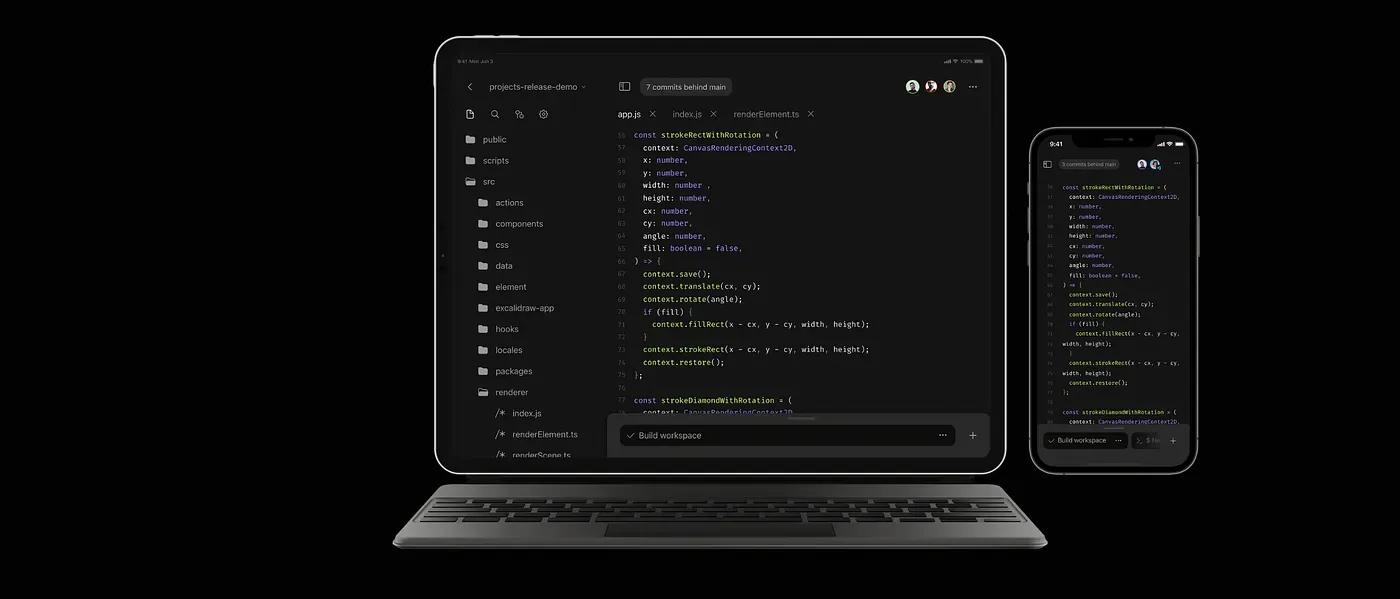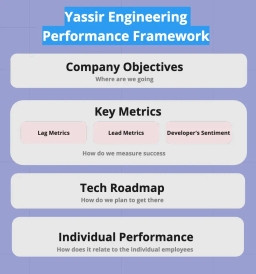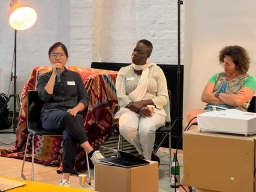Digital tools and skills have helped many companies weather the COVID-19 crisis, but there is also an analog source of innovation and adaptability in tough times: product-oriented engineering teams.
The past 2 years have felt like a series of massive disruptions, one after the other, and yet, some companies have emerged stronger because they were able to use the disruption as an opportunity for innovation. While technology has been a major driver of these innovations, organizational changes will impact which companies retain their competitive advantage over the long term.
Putting Engineering and Product in Sync:
The first trait of a successful product engineering team is not to operate in silos.
At Yassir, we found out that by empowering engineers to be more collaborative with product managers, designers, and other leaders, they understand their own tasks better and are ultimately more productive. Not just in the sense of code velocity but also in the sense that they are contributing to meaningful decision-making that affects both their work and the end-user.
“As a software engineer, I’ve always felt like my job is much more than writing code.” — Abdellah Ladoui — B2B team
An Engineering Manager to Maximize the Team Growth:
A big part of our engineering manager’s job rests on identifying the strengths and weaknesses of individual members. It is to help them address their weaknesses by pairing them with a senior engineer and performing frequent code reviews, and focus on their strengths. After all, it’s our strengths that motivate us and shape what we enjoy doing. One of the critical ingredients in the team are product-minded engineers; identifying them and working well with them will help to build a successful product.
The Importance of Ideations & Iterations:
We believe that in order to have a successful product, our engineering teams must be customer focused. Let’s suppose the designer creates a product outline. The developers are on for development. But what if the work done isn’t in line with what the customers want? This is where iterations come into the picture.
With every iteration, product-oriented teams modify the scope of a product. During this time, any team member can come up with creative alternatives. Iterations help the team learn new scenarios and figure out the next steps.
Shipping Fast & Safe:
Shipping fast, safe & learning quickly boosts the velocity within the team. In fact, we encourage engineers to ship the smallest thing as quickly as possible, and every new hire on our engineering team ships a feature within their first week.
But, as always, with great power comes great responsibility. Every new change increases the risk of failure.

End-to-end Product Feature Ownership:
Product-minded engineers own their work end-to-end: from getting the specification, through implementing it, all the way to rolling it out and validating that it works correctly. Juggling both the product and engineering tradeoffs and the impact of each is a unique strength our teams have. Engineers can quickly go back-and-forth between the two sides of the same coin: product features and engineering effort and tradeoffs. Because they do it all in their head, using their engineering and product insights, they get to valuable conclusions remarkably quickly.
“As engineers, we know that our work affects our customers, but working alongside customer-facing teams has really allowed me to experience firsthand what features our users want and how influential they can be in the sales process.” — B2B Team.
A Final Note: Share your Knowledge and Join our Team!
Reimagining role boundaries allows all of our teams to do great things together and, as a result, our collective of peers continues to be transparent and united in achieving our goals. How has your team reinvented roles or role boundaries? Tell us about it in the comments. And if you’re interested in joining a team like ours — be it engineering, product, or something else — we’d love to hear from you!





